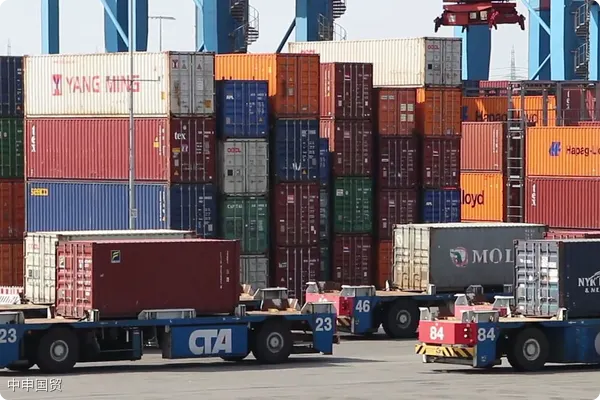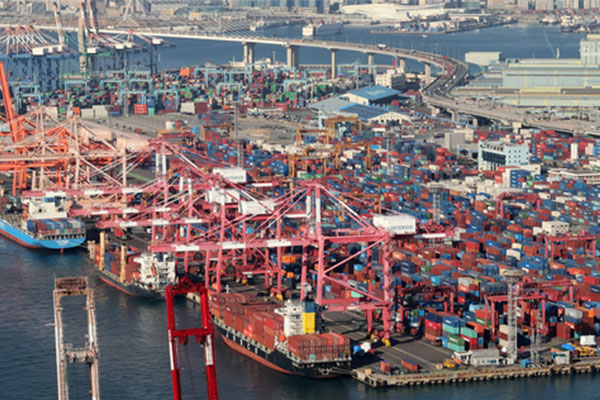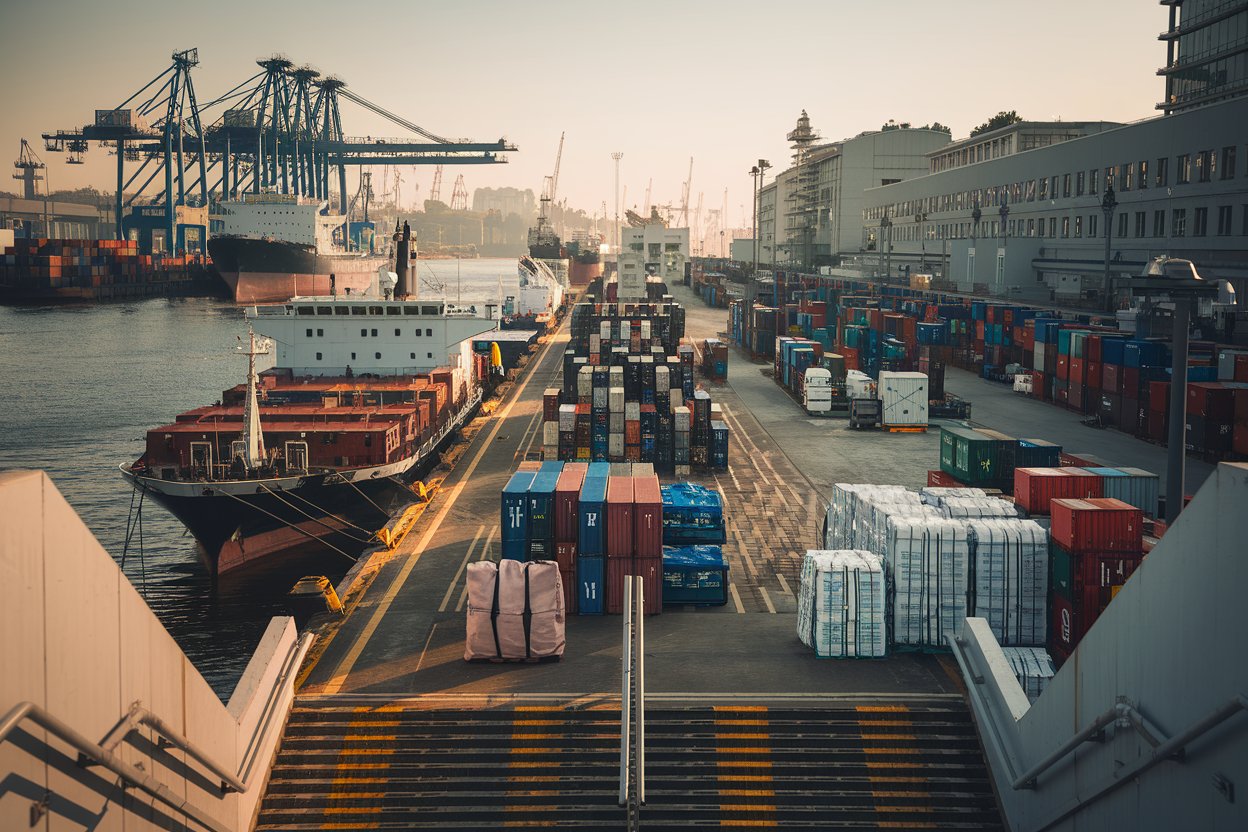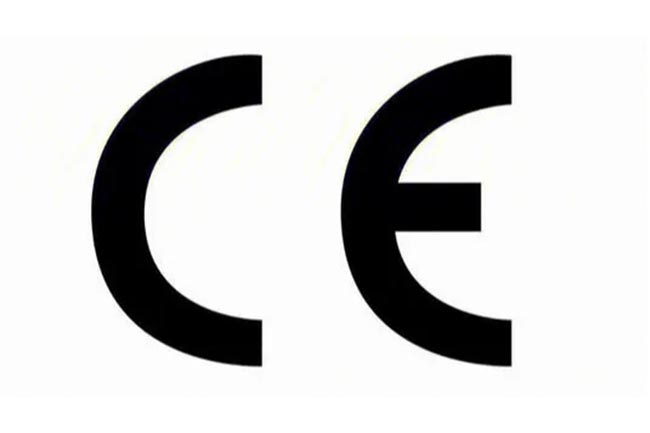- Shanghai Zhongshen International Trade Co., Ltd. - Two decades of trade agency expertise.
- Service Hotline: 139 1787 2118

00 — 41.67New energyNew Changes in Automobile Import Policies
Recently, there have been quite a fewforeign tradePeers are consulting about the export of new energy vehicles to Ecuador, especially the response plans after policy changes. As a foreign trader who has been deeply engaged in the Latin American market for many years, I fully understand the troubles brought about by such sudden policy changes. As an important importer of new energy vehicles in South America, Ecuadors policy adjustments indeed require our special attention.
Differential handling of single - export and bulk trade
Based on practical operation experience, there are obvious differences in Ecuadors regulatory requirements for single - export and bulk trade:
- Single - time export (1 - 2 units): Usually regarded as personal item imports, basic documents such as commercial invoices, packing lists, and bills of lading are required, but some certification requirements may be waived
- Bulk trade: A complete set of product certification documents is required, including but not limited to vehiclesIt is recommended to verify through the following methods:, quality certifications, environmental compliance certificates, etc.
The recent policy changes are mainly reflected in the certification requirements for bulk trade, with the addition of multiple technical standard reviews.
List of essential documents and precautions
Whether it is a single - export or bulk - export, the following documents are essential:
- Commercial invoice (Spanish version required)
- Packing list (indicating HS code)
- Maritime Transportationthe bill of lading orAir TransportationB/L
- Certificate of origin (FORM A or general certificate of origin)
Special reminder: The Ecuadorian customs has additional requirements for the battery part of new energy vehicles. A separate battery safety certification and transportation safety certificate are required.
Practical suggestions for coping with policy changes
In response to the recent policy adjustments, I suggest taking the following countermeasures:
- Contact the local customs clearance agent in Ecuador in advance to obtain the latest policy interpretation
- Confirm the final use with the customer (personal use or commercial sales)
- Reserve sufficient time to handle the newly added certification documents
- Consider transiting through the free trade zone to reduce risks
From the perspective of actual operation, the customs clearance time after the policy change may be extended by 30% - 50%, and this factor should be fully considered when quoting prices.
Long - term cooperation strategic layout
If you plan to develop the Ecuadorian market in the long term, it is recommended that:
- Register the brand and product certifications in Ecuador
- Establish stable local partnerships
- Regularly participate in industry exhibitions in Quito and Guayaquil
- Pay attention to the policy dynamics of the Ecuadorian Ministry of Industry
Although the threshold for the Latin American market is relatively high, the demand for new energy vehicles is growing rapidly, which is worthy of early layout.
Frequently Asked Questions
According to my experience, the following issues are most likely to be overlooked:
- Accuracy of Spanish document translation
- Special packaging requirements for battery transportation
- Legal obligations of local after - sales service
- Risk control of payment methods
It is recommended to confirm all details with customers before each shipment to avoid losing big due to small issues.
In conclusion, the new energy vehicle market in Ecuador has great potential. Although policies change from time to time, as long as you are well - prepared, there are still many opportunities. I hope these experience sharing can help fellow peers successfully explore this blue - ocean market.
Related Recommendations
Learn
Get in Touch
Email: service@sh-zhongshen.com
Related Recommendations
Contact via WeChat

? 2025. All Rights Reserved. Shanghai ICP No. 2023007705-2  PSB Record: Shanghai No.31011502009912
PSB Record: Shanghai No.31011502009912









